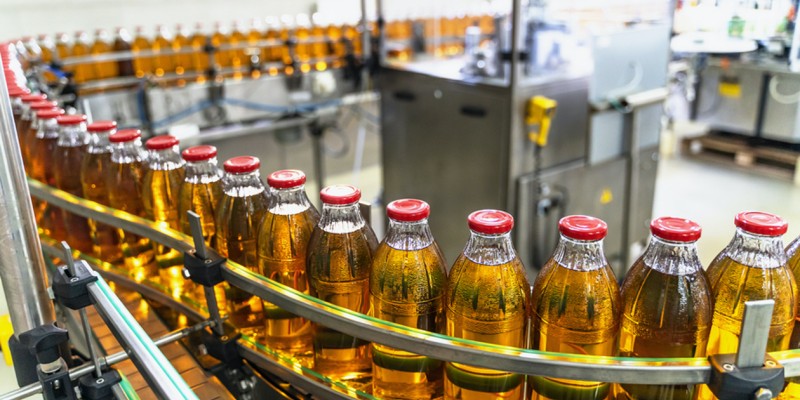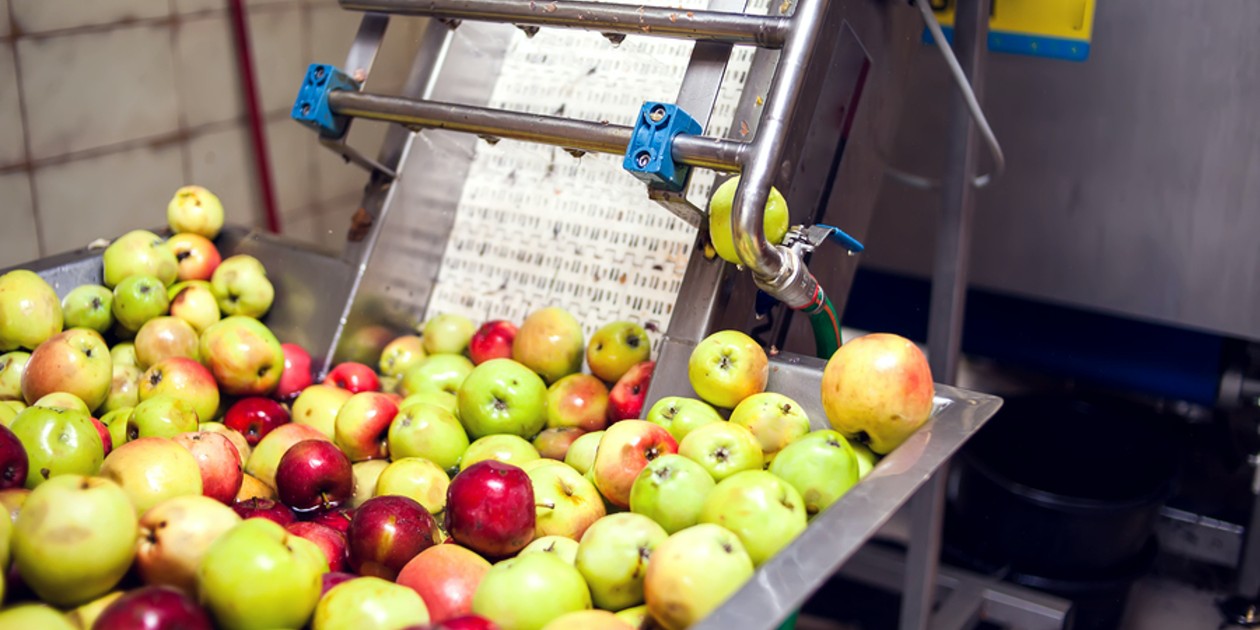 As with many other industries, COVID-19 has had an impact on the food and beverage supply chain. Demand for non-perishable products is up, and people are concerned about food shortages. Additionally, workers in the meatpacking sector have been catching the virus at a high rate, leading to pauses in production.
As with many other industries, COVID-19 has had an impact on the food and beverage supply chain. Demand for non-perishable products is up, and people are concerned about food shortages. Additionally, workers in the meatpacking sector have been catching the virus at a high rate, leading to pauses in production.
The impact caught many players in the food and beverage supply chain off guard. Yet, firms that already had a digital supply chain in place are faring better. Read on to learn how modernizing your supply chain helps you thrive in times of crisis.
(Get a complimentary integration/EDI assessmentto see how well your organization is positioned during this difficult time.)
The Impact of COVID-19 on the Food and Beverage Supply Chain
There are three reasons that COVID-19 has disrupted the food and beverage supply chain:
- A change in consumer demand
- Concerns about contamination
- Export bans
Consumers now want more non-perishable products because they’re worried there will be food shortages. Another issue is that people are worried about contamination due to workers in the food and beverage supply chain infected with the coronavirus. Moreover, some countries are banning exports of critical raw materials, meaning that reliable sources have dried up.
The Need for Digital Transformation in the Food and Beverage Supply Chain
Although there have been other disasters that have affected the food and beverage supply chain, the upheaval the recent global pandemic has wrought is unprecedented. Many suppliers, manufacturers, and their customers are struggling to cope with these changes.
There are some suppliers and manufacturers that are thriving right now, though. It’s because they’ve modernized their supply chain with cutting-edge integration. Thanks to B2B integration, they have access to a variety of information streams (from sensors, from external sources like social media, and from trading partners) to make better business decisions.

What Are the First Steps for B2B Integration?
There are five steps that food and beverage supply chain players can take today to start on the path to modern B2B integration:
- Assess your organizational mindset.
- Look at your processes.
- Evaluate your technology.
- Put a plan in place.
- Ask for help if you need it.
While it might seem counter-intuitive to talk about mindsets when it comes to technology, your company’s outlook on modernization plays an important role in B2B integration. Are employees and the C-suite open to changing the way things are done, or are they content with the status quo? Moreover, are your processes mostly automated or digital? Can your current technology support the needs of food and beverage EDI?
Once you’ve assessed those factors, put a plan in place that addresses your corporate mindset, processes, and technology. It’s important to remember that if you don’t have the skills and expertise for a B2B integration process, you don’t need to go it alone. Trusted experts can guide you through the process and ensure you make the right choices.
COVID-19 doesn’t have to create upheaval for the food and beverage supply chain. B2B integration helps you weather the storm. Are you ready to integrate?



